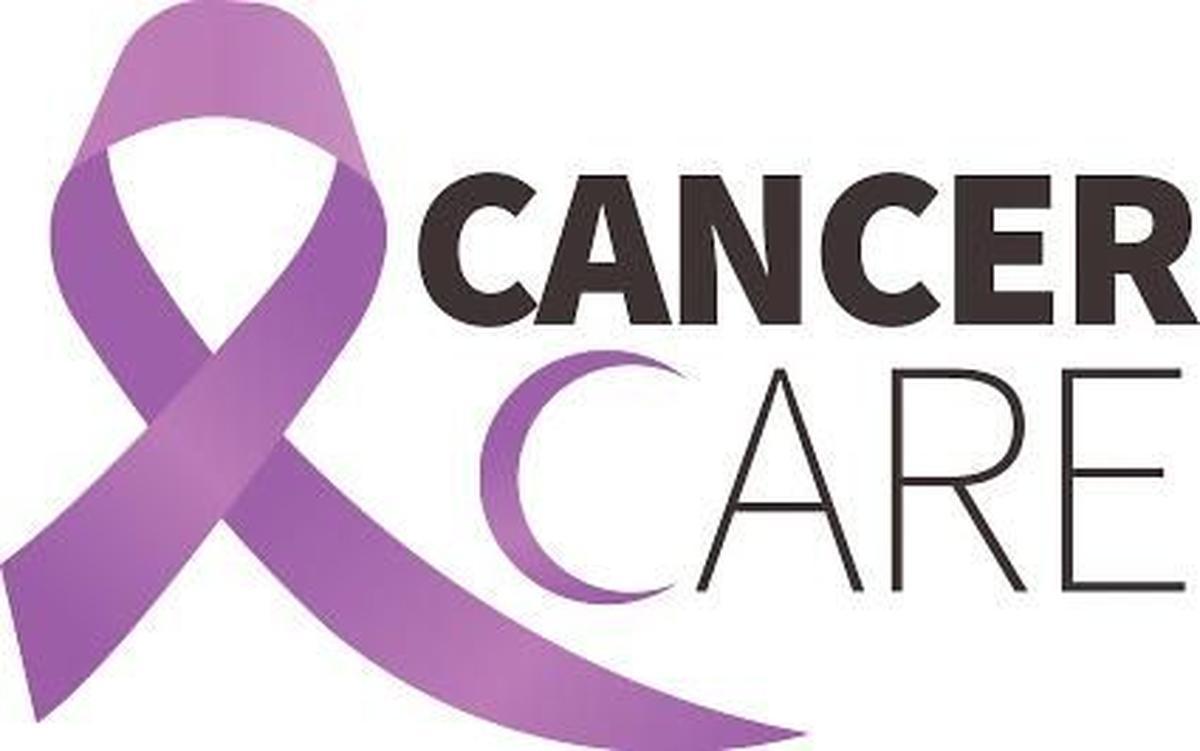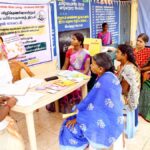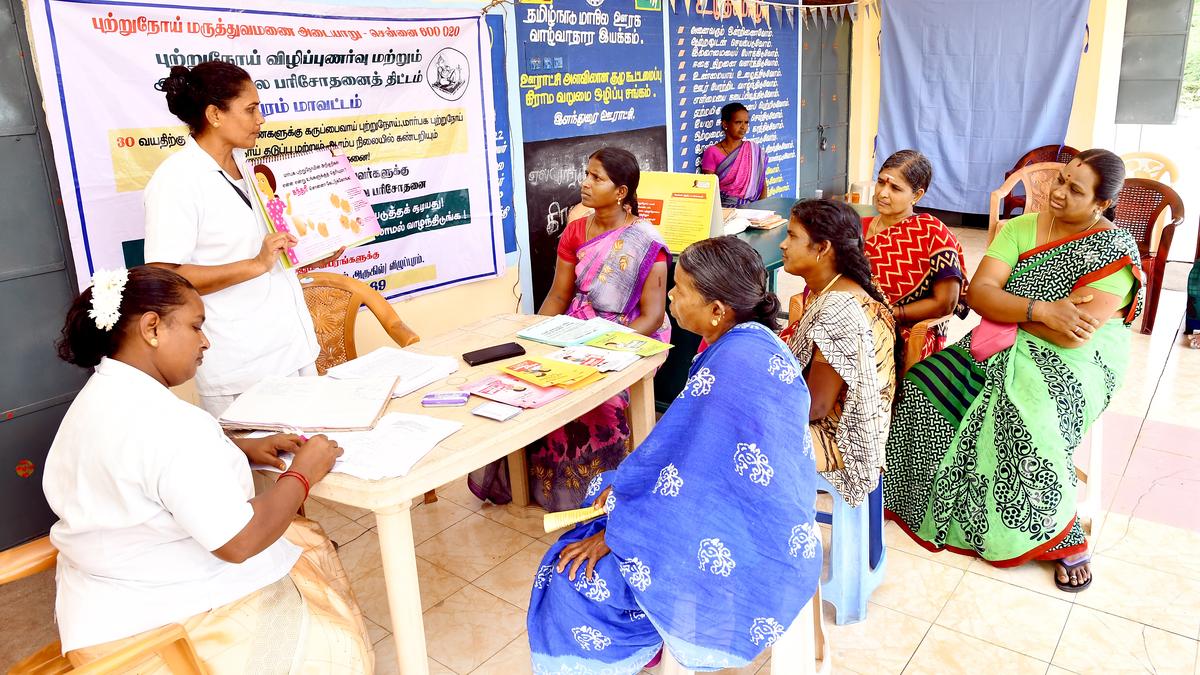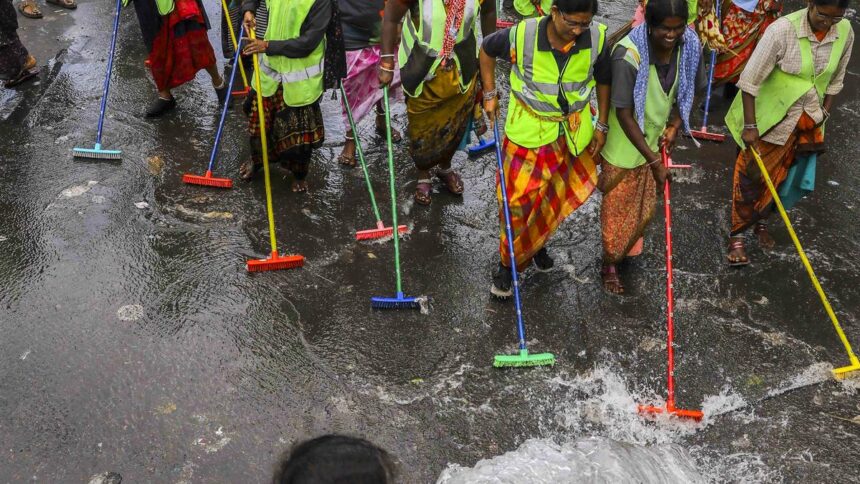Meera, a 42-year-old school teacher, recently went for her first routine mammogram. She felt perfectly healthy and had no lumps in her breast. The scan, however, revealed a tiny lesion too small to be felt by hand. A biopsy confirmed early-stage breast cancer. Though shattered at first, Meera underwent a surgery and radiation and was declared cancer-free within months. Grateful to her doctor, she said, “I never imagined that something could grow silently inside me. One simple test, suggested casually by a colleague, saved my life.” This story highlights how early cancer detection can truly save lives.
Breast cancer screening
In India, current recommendations suggest that women at average risk begin annual mammography screening at the age of 40 and continue until 70, alongside monthly self-breast exams and yearly clinical examinations by a doctor. Women at high risk, such as those with a family history of breast or ovarian cancer, should be offered BRCA gene mutation testing through a simple blood test. Identifying a genetic mutation allows a personalised surveillance plan involving regular screening, preventive medications, or in certain cases, preventive surgeries. Genetic counselling and cascade testing in family members are equally important to manage inherited cancer risk. Unfortunately, awareness about genetic predispositions remains low in India. Many individuals remain unaware that they or their families could be at a high risk of breast, ovarian, or colorectal cancers because of inherited mutations. Promoting awareness and access to genetic testing is crucial for prevention and early diagnosis.

Cervical cancer screening
Sharada, a 54-year-old daily wage worker, once skipped a cervical cancer screening camp as she could not afford to lose a day’s wage or travel long distances. A health worker later introduced her to a self-sampling kit at her home. With the help of instructions provided in her local language and a video demonstration, she collected her own sample in privacy. The test ruled out the presence of high-risk human papillomavirus (HPV), giving her reassurance that she was safe for the next decade.

Cervical cancer screening has now evolved to include self-sampling for HPV testing, a method endorsed by the World Health Organization. Studies confirm that self-collected samples are as accurate as clinician-collected ones, removing barriers such as discomfort, cost, or access. Women who test positive for high-risk HPV can then be referred for further medical evaluation. Globally, countries have begun eradicating cervical cancer using HPV-based molecular screening as a public health strategy.

Lung cancer screening
Rajan, a 60-year-old office worker and long-term smoker, quit smoking and followed his doctor’s advice to undergo a low-dose CT scan (LDCT). The scan revealed a small early-stage nodule, which was surgically removed, sparing him advanced disease. “Had I ignored my doctor’s advice, I may not have survived,” he reflected.
Although India lacks a formal national lung cancer screening programme, expert guidelines recommend annual LDCT for individuals aged 50–74 years with a heavy smoking history (20 pack-years or more). For long-term smokers and ex-smokers, LDCT is a proven life-saving intervention that helps detect lung cancer at curable stages. Several clinical studies have consistently shown that early detection of lung cancer leads to better survival outcomes, said Pandurangan Vijayanand, director of research, Cancer Institute (WIA).

Oral cancer screening
Suresh Kumar, a 48-year-old shopkeeper with a pan powder and tobacco-chewing habit, consulted a dentist for a rough white thick patch in his mouth. His dentist insisted on a biopsy, which revealed a pre-malignant condition, a precursor to oral cancer. “This lesion can potentially transform to cancer. I am thankful thatthe lesion was removed at the right time,” he said.
In India, the Indian Council of Medical Research (ICMR) and the National Cancer Grid recommend oral-visual examination every three years in high risk adults above 30 years identifying early cancers, precancerous lesions, and other oral conditions. A simple oral visual inspection of lips, cheeks, gums, tongue, and palate, along with palpation of the neck for enlarged nodes, can identify early cancers, precancerous lesions, and other oral conditions. Since oral cancer is strongly linked with tobacco use, vast public screening programmes anchored on visual inspection can play a transformative role in saving lives in India. Oral cancers can be caused by constant trauma caused by ill-fitting dentures and sharp teeth abrading against the tongue or cheek as well. Any nonhealing ulcer, small patches white or red, even if not painful, should be carefully examined by a specialist (dentist, ENT surgeon or surgical oncologist).

Advances in precision oncology
Cancers often grow silently without symptoms, presenting at late stages when treatments are complex, expensive, and less effective. But when detected early, cancers are more often curable, require less aggressive treatments, and survival can improve dramatically.
The established cancer screening tests for some of the prevalent cancers are: mammography, PAP smear and Human papilloma virus (HPV) testing, colonoscopy and stool occult blood testing, low-dose CT for lungs and prostate-specific antigen (PSA). The landscape is constantly evolving with AI algorithms to improve accuracy and reduce false-positives during screening.
The past decade has seen breakthroughs in cancer genomics and precision oncology. Next-generation sequencing has allowed the discovery of biomarkers that can predict cancer risk and aid in early detection. The most exciting recent innovation has been multi-cancer early detection (MCED) tests, which detect signals of multiple cancers—often before symptoms arise—by analysing genomic and epigenomic changes in cell-free circulating tumor DNA (ctDNA) from a simple blood draw. These tests are highly sensitive and promise to complement conventional single-cancer screening methods. Saliva-based biomarkers are being explored to detect oral cancers early and for disease monitoring.

Looking ahead
Though promising, these advanced technologies need further validation to assess long-term benefits in diverse populations such as that of India. Progress in cancer early detection requires collaborative efforts among researchers, clinicians, and policymakers to ensure accessibility, affordability, and effective public health integration. Cancer screening and early detection are no longer just medical advancements—they are life-saving interventions. With growing awareness, equitable access, and the integration of precision oncology into healthcare systems, we can aspire to detect cancer early, prevent its progression, and ultimately, save countless lives.
(Dr. Vijayalakshmi Ramshankar is professor and head, department of cancer biology and molecular diagnostics, Cancer Institute WIA, Adyar, Chennai. r.vijayalakshmi@cancerinstitutewia.org)
Published – October 03, 2025 06:00 am IST



















